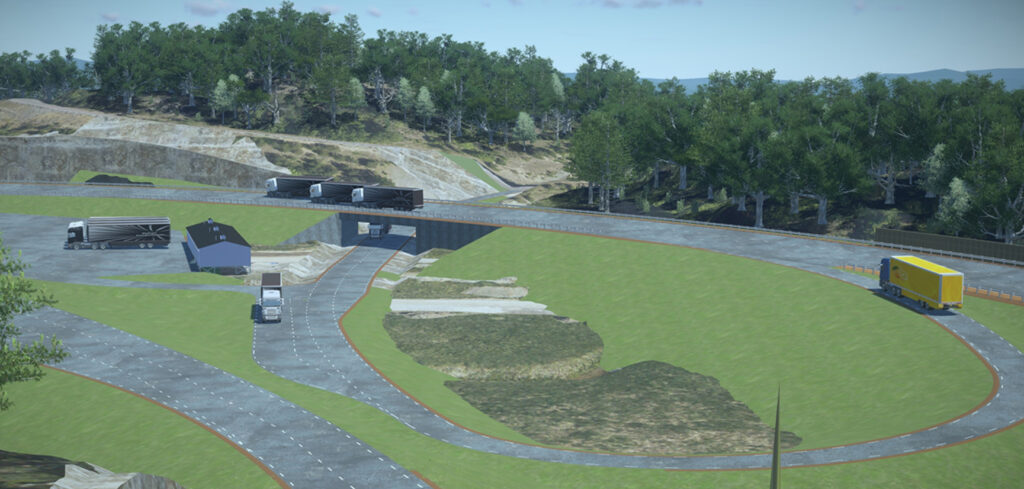Scania’s Södertälje site has been an important part of its testing portfolio for more than 60 years. Senior project leader Lars Hult reveals more on the OEM’s plans for expansion there
At the beginning of 2023, Swedish truck and bus manufacturer Scania will begin construction of a new testing area for electric and autonomous vehicles at its Södertälje site. First announced in February 2022, the development will cost Skr 975m (US$98m).
Lars Hult, senior project leader, comments, “Scania already has a test track that was built in the mid-1960s, which has been continuously developed. The development of electrified and autonomous vehicles requires new functionalities than what we have at the present track. We for instance need to be able to simulate different traffic situations, such as busy urban environments, highway access, hilly and/or curvy roads. For autonomous vehicles, a typical challenge would be when approaching a busy roundabout (traffic circle), with a lot of vehicles moving in different speeds or standing still. Another challenge is blind corners, either in a city or at a logistic hub.”
The new section will be 85ha (210 acres). Scania’s R&D team has developed the specification with support from external consultants. According to Hult, in formulating the design, the team benchmarked against test tracks mainly in Europe, but also in the USA and Asia. An external contractor will be hired to build the facility.
 Futureproofing was important to ensure the track remains current for the foreseeable future, as Hult explains, “To make the new test track relevant for the coming years, it must be highly flexible. We have achieved that by placing roads and areas in a way so that we can build up different test scenarios when we see the need. We have also prepared for communication between vehicles and, for example, smart traffic signs or maybe a future traffic management system. The track will of course be prepared for solutions such as electric highways and powerful chargers for electrified vehicles.
Futureproofing was important to ensure the track remains current for the foreseeable future, as Hult explains, “To make the new test track relevant for the coming years, it must be highly flexible. We have achieved that by placing roads and areas in a way so that we can build up different test scenarios when we see the need. We have also prepared for communication between vehicles and, for example, smart traffic signs or maybe a future traffic management system. The track will of course be prepared for solutions such as electric highways and powerful chargers for electrified vehicles.
“Exactly what the future might bring is of course hard to predict in detail, that is why it is so challenging – and interesting – to create a purpose-built testing and proving ground like this. It will, no doubt, have to be developed further, and that is why it needs to be roomy and flexible to start with,” concludes Hult.


